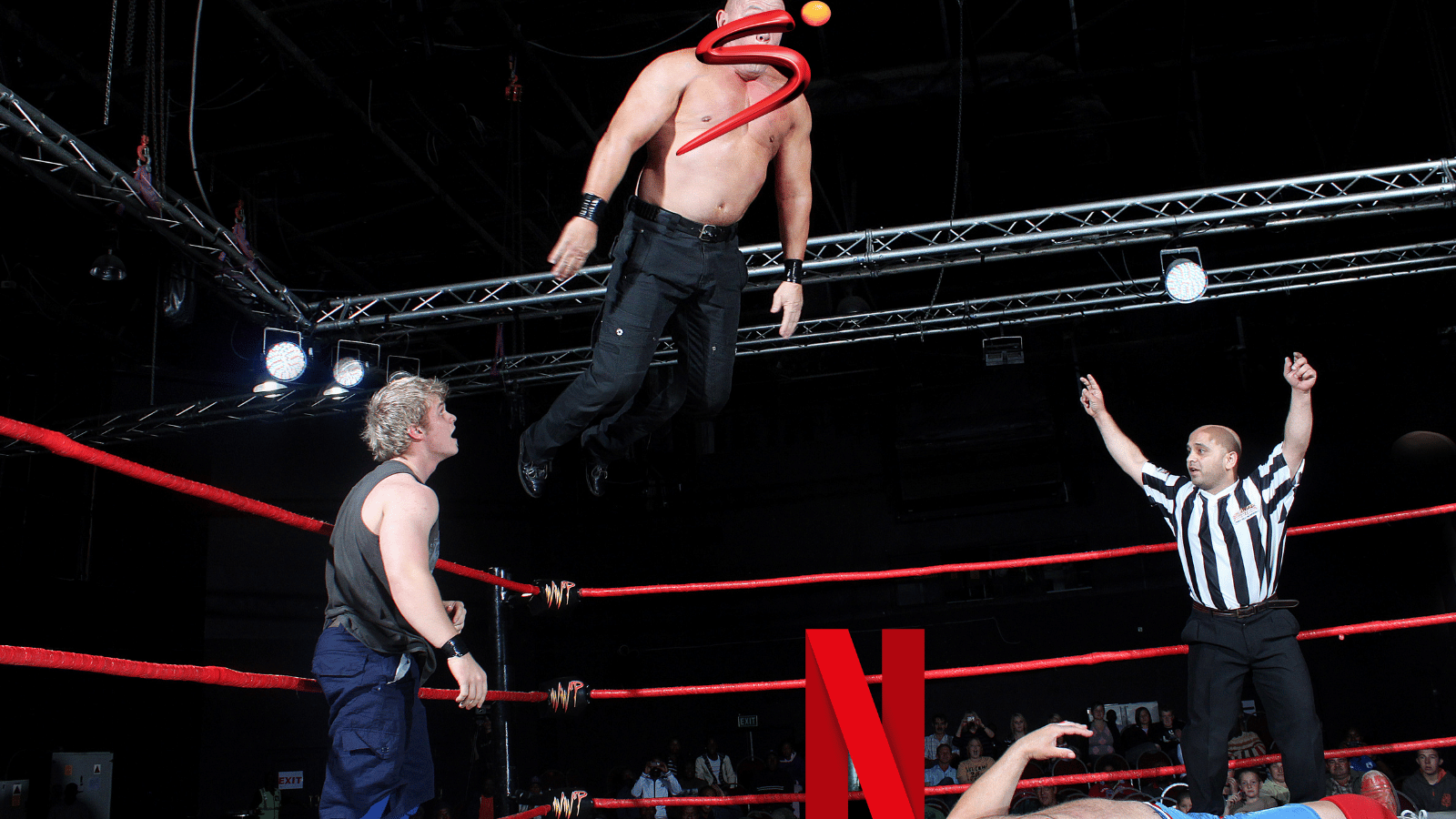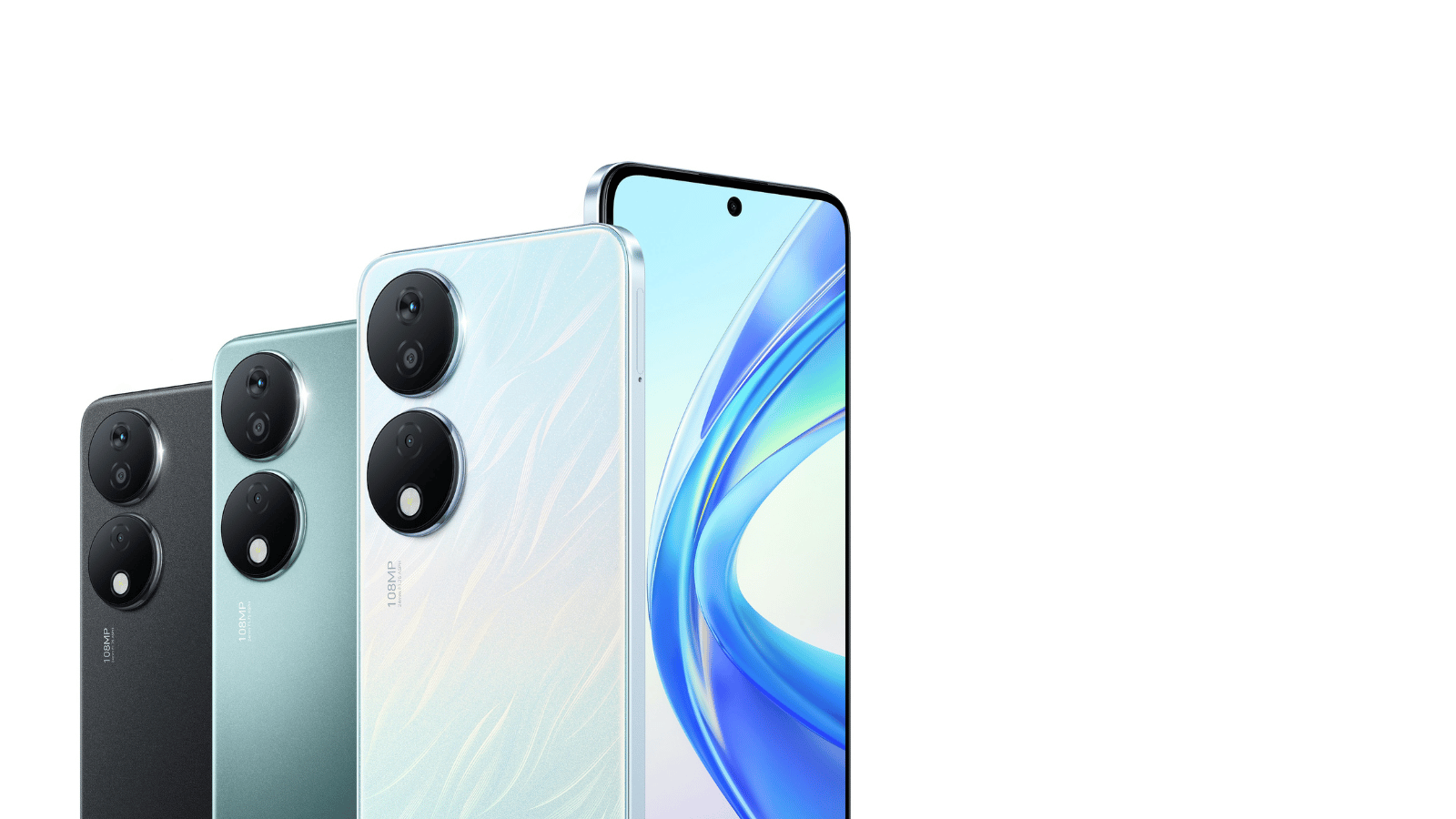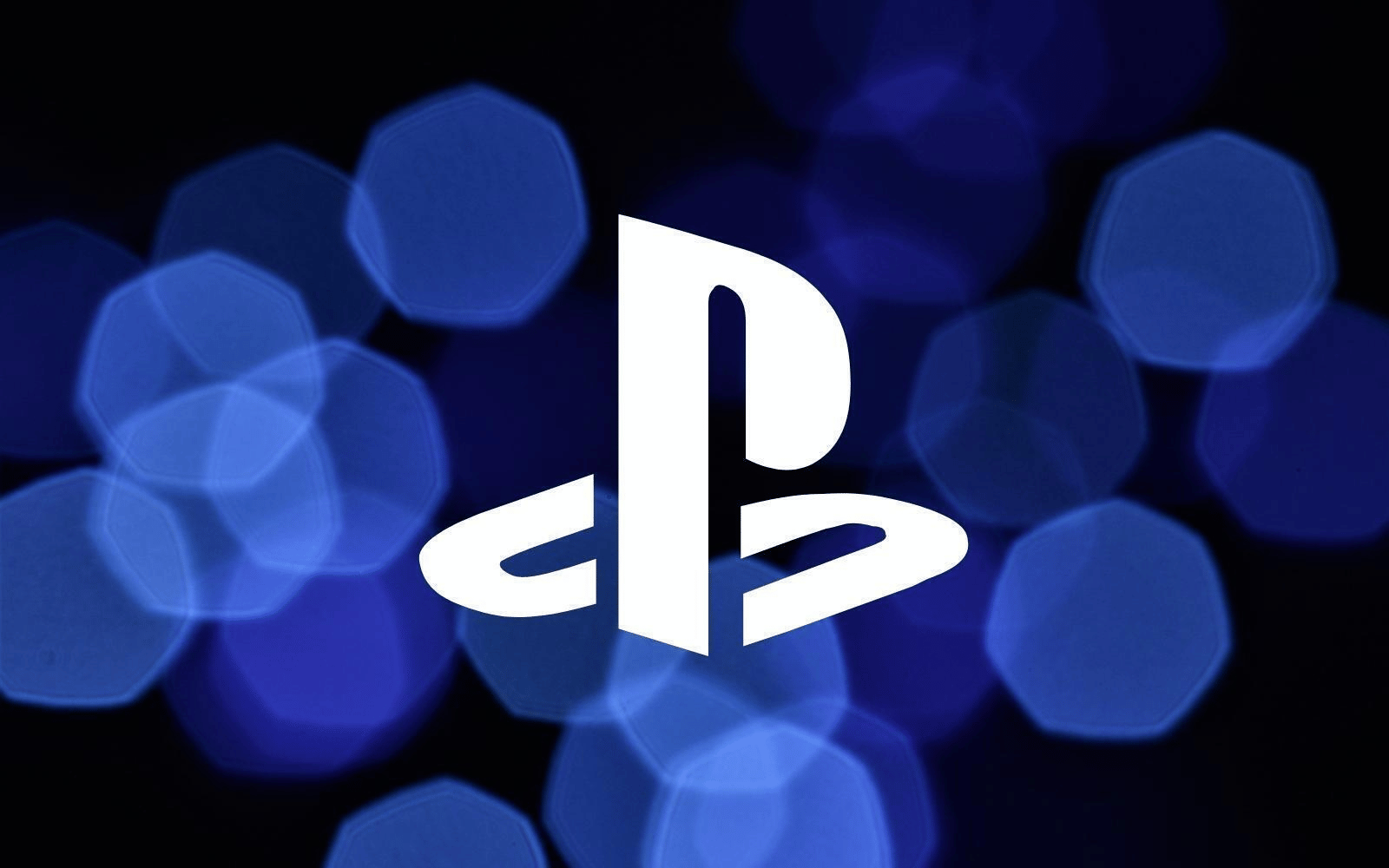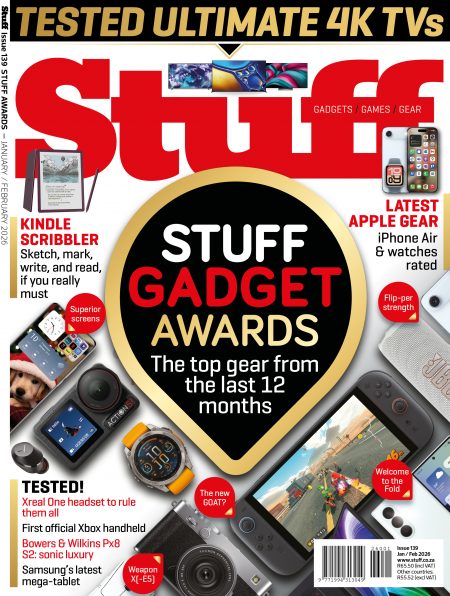Welcome to Judgement Day
It has begun. Elon Musk is blurring the line between heart-beating, warm-blooded humans and wiry, cold-blooded robots. The billionaire has his hands in a myriad of pies; from electric cars to private space travel, buying Twitter (we’re still getting over that one), and his most out-there project: robotic brain chip implants. Following years of tests, Neuralink has graduated from animals and implanted the first chip into a human’s head.
Musk confirmed as much through a post on X.com, before noting that the patient who underwent the surgery was recovering well and that initial results “show promising neuron spike detection.” Considering what the company is trying to accomplish here — enabling the mental control of electronic interfaces with mere thoughts — that’s good news.
Neuarlink’s PRIME (Precise Robotically Implanted Brain-Computer Interface) study, which focuses on in-human testing and the robot that implants the chips, first got the go-ahead from the U.S. Food and Drug Administration last year with the company encouraging those with quadriplegia from cervical spinal cord injury or amyotrophic lateral sclerosis to sign up to the program. In another post from Musk, said “Imagine if Stephen Hawking could communicate faster than a speed typist or auctioneer. That is the goal.”
He added, “The first Neuralink product is called Telepathy,” but failed to dole out more information.
Sorry, South Africa, you’re not getting away from SuperSport that easily
In what turned out to be a massive week for the largest streamer in the world after reporting a massive subscriber jump and nabbing the broadcasting rights to Worldwide Wrestling Entertainment (WWE), SuperSport has turned up to put a stop to all the fun. See, Netflix hasn’t acquired WWE’s broadcasting rights everywhere, with MultiChoice confirming to TechCentral that it had held on to those rights through the sale to Netflix.
SuperSport first picked up those rights from WWE in 2017, taking them away from the free-to-air e.tv channel and putting them behind a paywall. Later, in 2019, the WWE and SuperSport expanded their relationship to arrange a larger display of “sports entertainment” as Vince McMahon calls it, though we’d call it “scripted drivel.” That’s also what we call Ant-Man and the Wasp: Quantumania so…
While you may or may not be bothered by Netflix’s acquisition of such an insanely popular brand, it’s worth paying attention to. MultiChoice’s entire business model relies (heavily) on SuperSport — but that may not remain the case if the bigger streamers — Netflix, Disney, Amazon, and Apple — of the world start coming knocking. We’ll be waiting with open arms.
Honor’s X7b is coming
After spending a couple of hours trying to crack open Honor’s brand-new X9b over the weekend (that isn’t a joke), the company’s other announcement — the unveiling of the X7b — was shunned to the side and went under the radar. When there’s R25,000 on the line, it’s a little more understandable. The x7b is finally getting a turn in the sun, being recognized as one of Honor’s better budget-beaters on the market.
That’s the idea, at least. Honor South Africa hasn’t confirmed any local pricing or availability at the time of writing, but a listing over on cellucity.co.za marks it down at R6,500 which seems to fit the $250 American pricing. That’s… excellent, considering what Honor’s thrown in here, with the included 6,000mAh battery and 35W charging being the headliner for the phone. Hey, if it’s good enough for Samsung’s flagships, it’s good enough for Honor.
It helps that the rest of the phone is decent, too. It has a three-camera array consisting of a 108MP main sensor, accompanied by a 5MP ultrawide lens and a 2MP macro shooter. The selfie cam turns up with a less-impressive 8MP sensor, but for the roughly R6,000 price tag, we bet Honor won’t be hearing complaints. You’ll be looking a those pictures through the 6.8in LCD with its 90Hz refresh rate.
The innards feature Qualcomm’s Snapdragon 680 chipset, 6GB of RAM, and 256GB of storage to boot. Expect to see these turn up on the shelves sooner rather than later.
Sony’s growing Africa’s gaming scene
South African gaming has been on the up lately. From Terra Nil nabbing itself a nomination at The Game Awards to Broforce being one of our favourite games ever made to, uh, Eskommando, the scene is warming up. Slowly. Well, according to a new report from CNBC, Sony is looking to speed that process up, after ‘investing’ an undisclosed sum of money into Carry1st, a South African developer and publisher.
The partnership is a strategic one, though the two are still engaged in a dance to find out what exactly it’ll entail. Carry1st CEO and co-founder, Cordel Robbin-Coker, said that the two began exploring a partnership around eight to nine months prior, and pitched Africa as the next big market worthy of investment when it comes to gaming.
“As large companies like Sony that have really strong footholds in tier-one and tier-two markets start thinking about where the next billion customers and gamers are going to come from, our pitch is that Africa is a prime market for that,” Robbin-Coker told CNBC in an interview.
Despite not knowing exactly how each company will benefit each other, it appears as though there’s a mutual understanding for Carry1st to try and drive PS5 sales in South Africa.
“Our hope is that we can help [Sony] to expand their reach of PlayStation in the region and support them in a range of ways, including broader go-to-market strategies, as well as digital payments,” Robbin-Coker told CNBC.
Robbin-Coker also confirmed that the company had begun work on three new original titles, but didn’t mention anything more about the news other than expressing his belief that at least one of those titles will be released in 2024.







